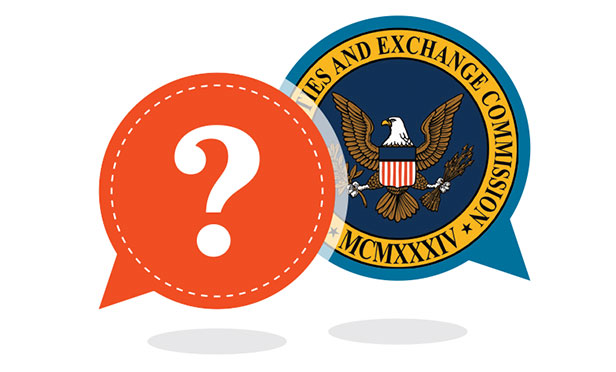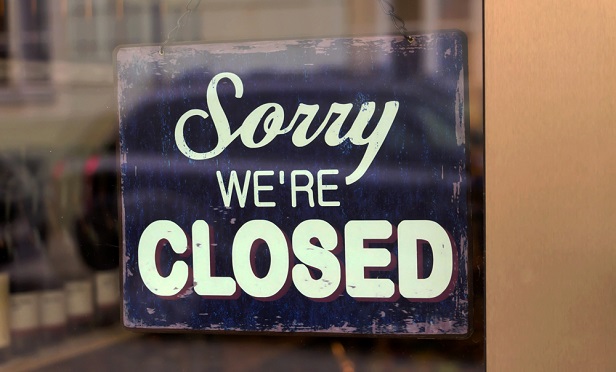 The shutdown itself is not abouthealth policies. It's the result of differences of opinion betweenthe administration and congressional Democrats regarding Trump'sso-called border wall. (Image: Shutterstock)
The shutdown itself is not abouthealth policies. It's the result of differences of opinion betweenthe administration and congressional Democrats regarding Trump'sso-called border wall. (Image: Shutterstock)
There seems to be no end in sight for the current partial government shutdown, the third since thebeginning of the Trump administration.
|For the vast majority of the federal government's public health efforts, though, it's business asusual.
|That's because Congress has already passed five of its majorappropriations bills, funding about three-fourths of the federalgovernment, including the Department of Health and Human Servicesand the Department of Veterans Affairs.
|But seven bills are outstanding — including those that fund theInterior, Agriculture and Justice departments — and thatputs the squeeze on some important health-related initiatives.
|Related: Shutdown weighs heavily on federal employees,contractors
|The shutdown itself is not about health policies. It's theresult of differences of opinion between the administration andcongressional Democrats regarding Trump's so-called border wall.But it's far-reaching, nonetheless. Here's where things stand:
|Funding for “big-ticket” health programs is already in place,alleviating much of the shutdown's immediate potential impact.
|Since HHS funding is set through September, the flagshipgovernment health care programs — think Obamacare, Medicare andMedicaid — are insulated.
|That's also true of public health surveillance, like trackingthe flu virus, a responsibility of the Centers for Disease Controland Prevention. The National Institutes of Health, which overseesmajor biomedical research, is also fine. It's a stark contrast tolastJanuary's shutdown, which sent home about half of HHS'staff.
|But some other public health operations are vulnerable becauseof complicated funding streams.
|Although the Food and Drug Administration falls under the HHSumbrella, it receives significant funding for its food safetyoperations through the spending bill for the Department ofAgriculture, which is entirely caught up in the shutdown.
|Last year, that tallied an estimated $2.9 billion to support among other things these FDAoversight efforts, which involve everything from food recalls toroutine facility inspections and cosmetics regulation. Not havingthose dollars now means, according to the FDA contingency plan, that about 40 percent of the agency —thousands of government workers — is furloughed.
|The FDA's responsibilities for drug approval and oversight arefunded by user fees and are generally not affected. Regulation oftobacco products is also continuing.
|Health services for Native Americans are also onhold.
|Because Congress has yet to approve funding for theIndian Health Service, which is run by HHS but gets its moneythrough the Departmentof the Interior, IHS feels thefull weight of the shutdown. The only services that can continueare those that meet “immediate needs of the patients, medicalstaff, and medical facilities,” according to the shutdowncontingency plan.
|That includes IHS-run clinics, which provide direct health careto tribes around thecountry. These facilities are open, and many staffers arereporting to work because they are deemed “excepted,” said JenniferBuschik, an agency spokeswoman. But they will not be paid untilCongress and the administration reach a deal.
|Other IHS programs are taking a more direct hit. For example,the agency has suspended grants that support tribal healthprograms, as well as preventive health clinics run by the Office of Urban Indian HealthPrograms.
|Public health efforts by Homeland Security and the EPAface serious constraints.
|The Department of Homeland Security's Office of Health Affairsassesses threats posed by infectious diseases, pandemics andbiological and chemical attacks. It is supposed to be scaling back,according to the department's shutdown contingency plan. This office is just one component ofthe 204-person Countering Weapons of Mass Destruction Office, whichis retaining about 65 employees during the funding gap.
|Other DHS health workers are likely to work without pay — forinstance, health inspectors at the border, said Peter Boogaard, whowas an agency spokesman under the Obama administration. Accordingto DHS' plan, the vast majority of border patrol employees willcontinue working through the shutdown.
|The Environmental Protection Agency has also run out of funding.According to its contingency plan, it's keeping on more than 700 employeeswithout pay, including those who work on Superfund sites or otheractivities where the “threat to life or property is imminent.”(More than 13,000 EPA workers have been furloughed.)
|That limits the agency's capacity for activities includinginspecting water that people drink and regulating pesticides.
|But it's not just regulation. The public health stakes arevisceral — and sometimes, frankly, pretty gross.
|Just look at the National Park Service, which has halted restroom maintenanceand trash service for lack of funding. On Sunday, Yosemite NationalPark in California closed its campgrounds. On Wednesday, JoshuaTree National Park, also in California, did the same.
|Why? Per a park service press release: “The park is being forced to take this actionfor health and safety concerns as vault toilets reachcapacity.”
|Kaiser Health News isa nonprofit news service covering health issues. It is aneditorially independent program of the Kaiser Family Foundation,which is not affiliated with Kaiser Permanente.
|Read more:
Complete your profile to continue reading and get FREE access to BenefitsPRO, part of your ALM digital membership.
Your access to unlimited BenefitsPRO content isn’t changing.
Once you are an ALM digital member, you’ll receive:
- Critical BenefitsPRO information including cutting edge post-reform success strategies, access to educational webcasts and videos, resources from industry leaders, and informative Newsletters.
- Exclusive discounts on ALM, BenefitsPRO magazine and BenefitsPRO.com events
- Access to other award-winning ALM websites including ThinkAdvisor.com and Law.com
Already have an account? Sign In






